Discover Pinhook Bog
One of only two bogs in Indiana, Pinhook Bog offers a unique glimpse into the region’s geological past. The bog was formed approximately 10,000 years ago when the water from a melting glacial fragment formed a freshwater lake here. With no source of additional fresh water other than rainfall or melting snow, the lake stagnated for millennia, creating the incredible ecosystem we see today. The bog is home to 1/3 of Indiana’s rare or endangered plants, and its acidic water provides the perfect habitat for an amazing assortment of carnivorous plants and the remarkable sphagnum moss that flourishes here. The moss forms a thick bed on the surface of the bog where trees and other plants have taken root. Even the tallest trees here will shake when the water is disturbed, which is why Pinhook Bog is known as a “quaking bog.”

What to Expect
The parking lot sits between the trailheads of the Upland Trail and Pinhook Bog Trail. The bog portion of Pinhook Bog Trail is only accessible via ranger-led tours.
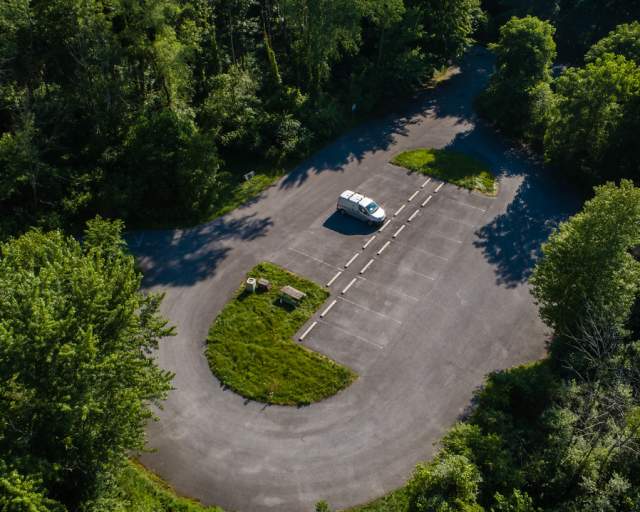
Pinhook Bog Trail
The Bog Trail is a carefully monitored one-mile hike, including a floating boardwalk over the sphagnum moss. The bog is a depression in the moraine created when a large piece of ice broke off the melting glacier and features an incredible habitat with unique plants. Hours are limited to protect this fragile habitat, so be sure to plan ahead.

Upland Trail
This two-mile trail winds its way beneath beech and maple trees as it follows the dips and swells of the 15,000-year-old moraine, the ridges of earth and stone left behind by the receding glaciers. As it climbs, the trail offers a marvelous view of the bog below.
Be Ready
Poison ivy can grow alongside the trail, and portions can become wet and muddy. Be sure to wear appropriate clothing and footwear. Bring along a reusable water bottle and snacks.
Be Safe
Mosquitoes and ticks can be a nuisance in the summer, so be sure to use Environmental Protection Agency (EPA)-registered insect repellents. Check yourself for ticks after your hike.
Be Responsible
Visitors must stay on designated trails at all times. We have created a video to help you learn about your role in enjoying the dunes area safely while minimizing your impact on the park.
The Geological Story of Pinhook Bog
Thousands of years ago, mighty glaciers advanced and receded across the Midwest. They carved the rolling hills of moraines, ground stone into sand, and eventually melted and formed the great lakes. Pinhook Bog was formed when a piece of these icy giants broke free and melted right here in what is today northwest Indiana. Its waters created a lake whose bed was sealed tightly with clay-like “glacial till,” the sediment left behind by the receding glaciers. With no springs, rivers, or streams to replenish the lake, rainfall or melting snow became the only available sources of fresh water. In these stagnant conditions, organic matter decomposed here over thousands of years and slowly filled the lake, depleting the oxygen and making the water highly acidic. This, in turn, slowed the process of decay and rendered the bog a prehistoric time capsule, preserving pollen and other relics deep in these murky waters. In time, the bog will fill completely and become solid ground.
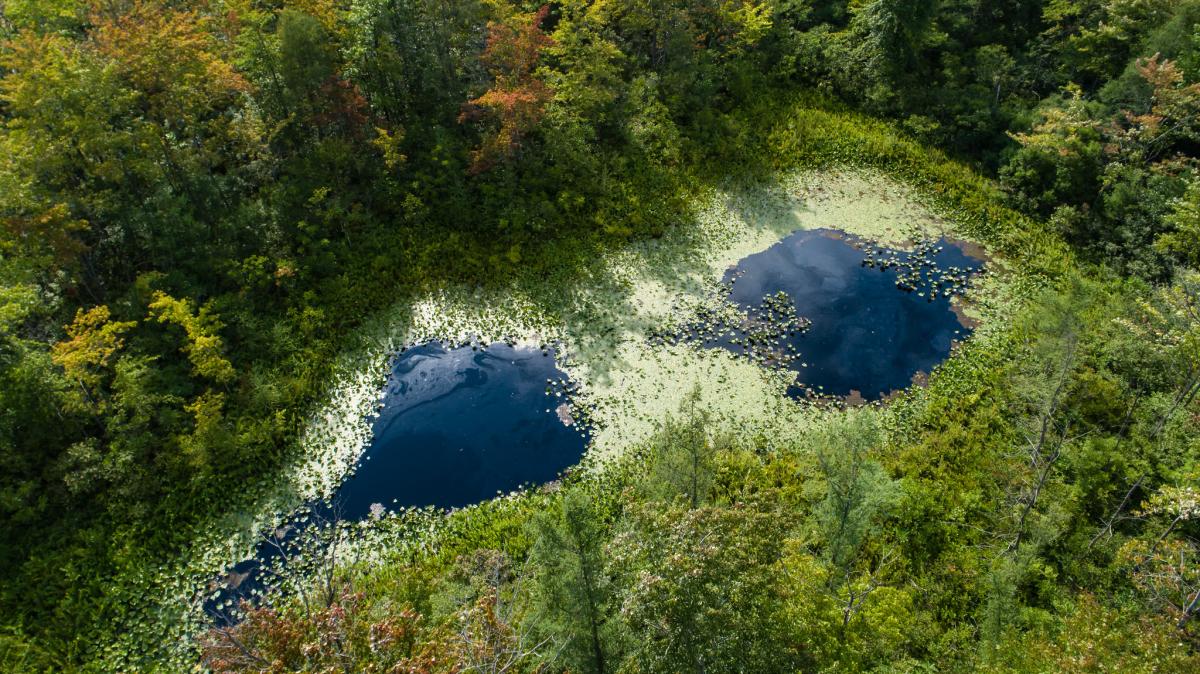
Marvelous Plants of Pinhook Bog
One of the most remarkable features of Pinhook Bog is the incredible array of plants and flowers that grow here. Perhaps most surprising is the stunning variety of orchids, including the rare orange-fringed orchids, rose pogonias, and the aptly-named pink lady slippers. These exotic-looking plants thrive because of the special conditions the bog provides. These flowers bloom at different times of the year, including early and late summer, so be sure to speak with park rangers or Visitor Center staff to plan your visit. The delicate flowers share the stage with towering beech and maple trees, as well as the rare tamarack tree: a coniferous tree whose needles change color and drop in the fall.
But the undisputed stars of Pinhook Bog are the carnivorous plants that live in its acidic waters. These amazing plants, like the pitcher plant and the sundew, gain the nutrients they need to survive by luring and trapping unlucky insects, and then slowly digesting them. The rare horned bladderwort, on the other hand, can actually “inhale” small insects into its body, trapping and consuming them within its bladder. Park Rangers on the boardwalk can help you to spot these carnivorous marvels.
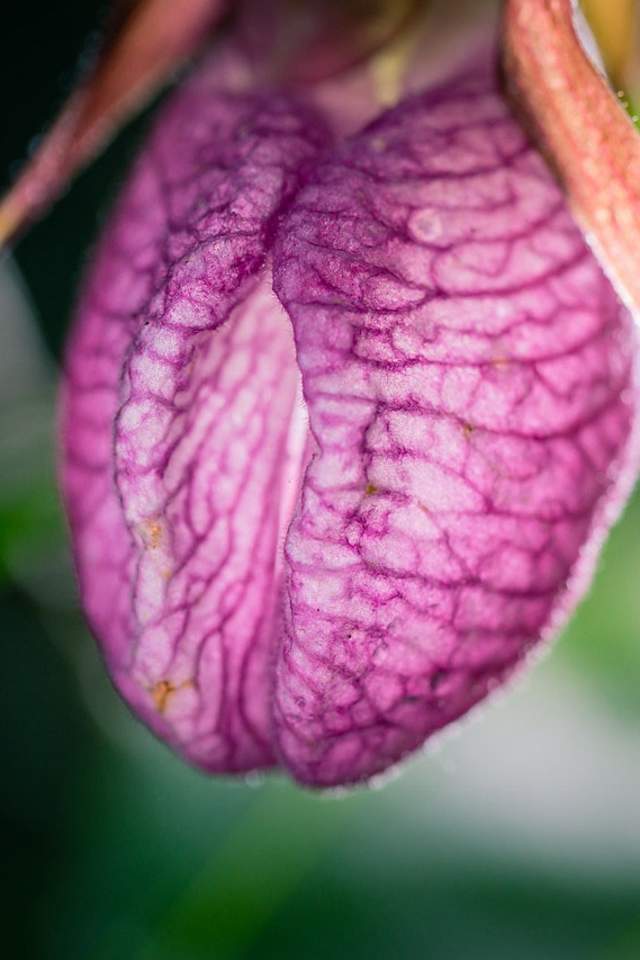
Plants You May See
The Indiana Dunes is one of the most biodiverse national parks in the entire country. Over 1,100 flowering plant species and ferns make their homes here. How many flowers can YOU find?
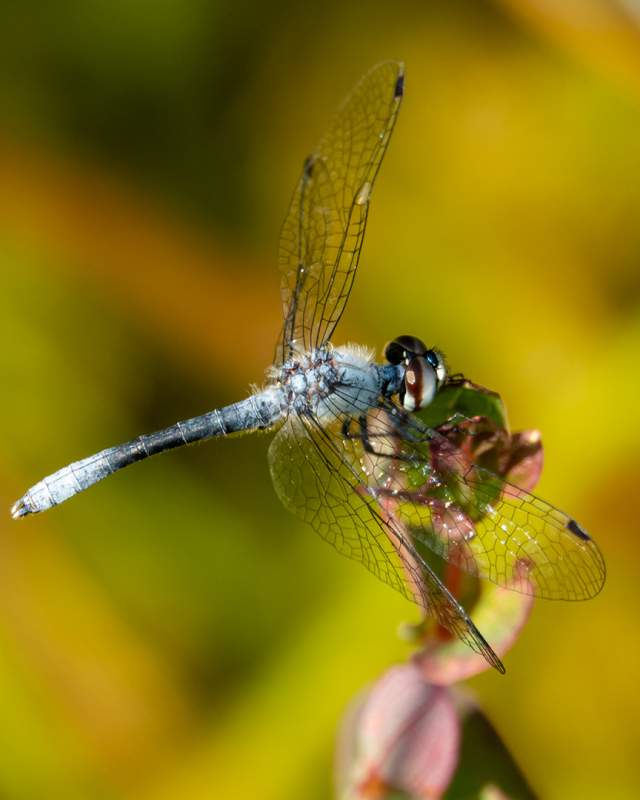
Amazing Insects of Pinhook Bog
The bog is a perfect habitat for dragonflies, and these include the amazing elfin skimmer, the smallest dragonfly in North America. These tiny beauties are no more than an inch long, and the males can be recognized by their clear wings and powder blue bodies. The females, on the other hand, have yellow bands on their bodies, so they can be mistaken for wasps—a handy disguise for fooling hungry predators!
Pinhook Bog is famous for its carnivorous plants, but did you know that there are some insects that rely on these meat-eating plants for survival? The pitcher plants that grow here provide an essential breeding ground for two different types of mosquitoes. They lay their eggs in the shelter of the plants’ dangerous “pitcher,” and their larvae feed on the partially digested bodies of the plants’ unlucky victims!
And if you watch the water, you may be lucky enough to spot a fishing spider. These fierce-looking arachnids can grow to be almost as large as the palm of your hand, but are still light and fleet enough on their feet to run across the surface of the water in search of prey. They eat insects, tadpoles, and even small fish!
Insects You May See
The Indiana Dunes is one of the most biodiverse areas in the country. Show off your love for the dunes with some swag.
Bog Swimmers
Known for the orange spots on its shell, spotted turtles can be seen swimming by the main bog wetland boardwalk.
Snackable
Pinhook Bog has wild blueberries and blackberries in the summer. You are free to eat a handful while you are there, but you are not allowed to take any with you.
Not-Quite-Roses
The rare tamarack trees that grow around Pinhook Bog have exquisite pinecones that look almost like rosebuds. Please look but don’t touch!
An Interesting Pair
Staying on the trail helps visitors avoid the painful hairs of the Stinging Nettle plant. Its acidic sting uses the same chemical used in painful ant bites. Thankfully, there’s often a remedy close by called Jewelweed. The crushed stem of this plant soothes the irritated skin.
Since all the plants and animals in Pinhook Bog are federally protected, you’ll need to wear appropriate jeans or pants to avoid the sting altogether.
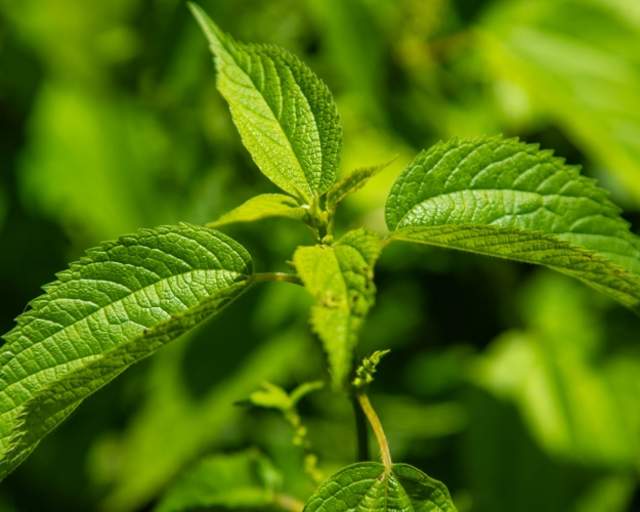
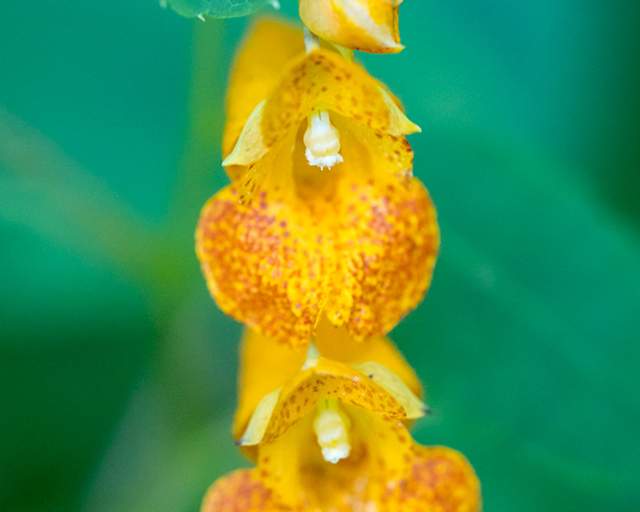
Plan Your Visit
- 946 N. Wozniak Rd.
- 219-395-1882
A floating boardwalk traverses the landscape where you'll see insect-eating plants and the most unexpected environments in the dunes. While the Upland Trail is open year-round, the bog is only…
How to Help
We are all responsible for protecting our parks for future generations. The Indiana Dunes, as a whole, is one of he most biodiverse areas in the United States. Here are some tips to help you limit your impact on the natural habitats in the dunes area.
Get Involved
Be the Change — Volunteer! Get more involved with the Indiana Dunes! There are many no-hassle, drop-in volunteer opportunities available for everyone. Just show up!
Love & Protect the Dunes
Each of us who visit the Indiana Dunes can also help protect natural heritage, biodiversity, and local culture by taking a few simple steps.
































